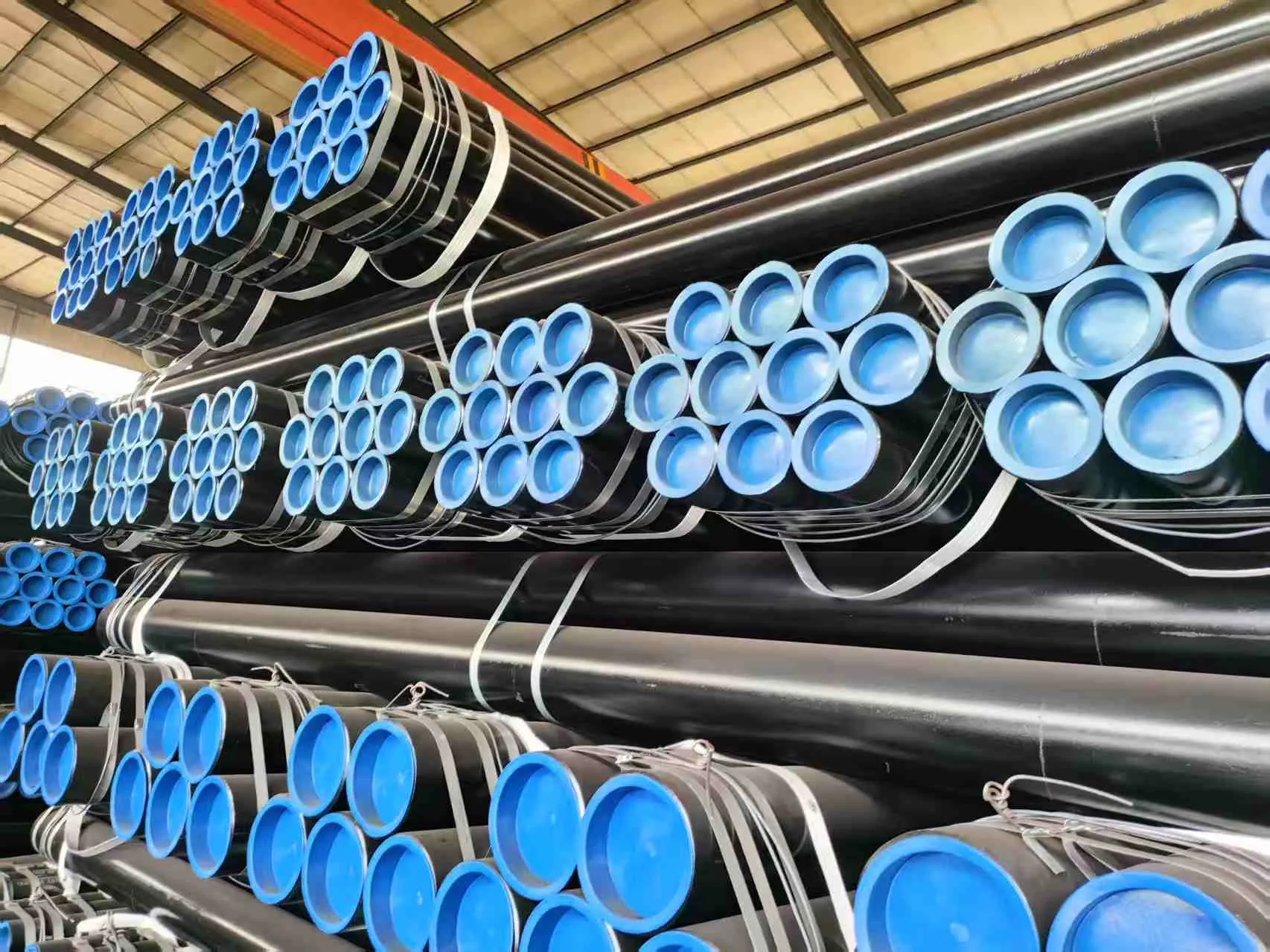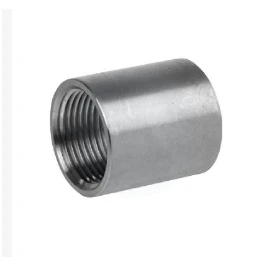-
Cangzhou Yulong Steel Co., Ltd.
-
Phone:
+86 13303177267 -
Email:
admin@ylsteelfittings.com
- English
- Arabic
- Italian
- Spanish
- Portuguese
- German
- kazakh
- Persian
- Greek
- French
- Russian
- Polish
- Thai
- Indonesian
- Vietnamese
- Zulu
- Korean
- Uzbek
- Hindi
- Serbian
- Malay
- Ukrainian
- Gujarati
- Haitian Creole
- hausa
- hawaiian
- Hebrew
- Miao
- Hungarian
- Icelandic
- igbo
- irish
- Japanese
- Javanese
- Kannada
- Khmer
- Rwandese
- Afrikaans
- Albanian
- Amharic
- Armenian
- Azerbaijani
- Basque
- Belarusian
- Bengali
- Bosnian
- Bulgarian
- Catalan
- Cebuano
- China
- China (Taiwan)
- Corsican
- Croatian
- Czech
- Danish
- Esperanto
- Estonian
- Finnish
- Frisian
- Galician
- Georgian
- Kurdish
- Kyrgyz
- Lao
- Latin
- Latvian
- Lithuanian
- Luxembourgish
- Macedonian
- Malgashi
- Malayalam
- Maltese
- Maori
- Marathi
- Mongolian
- Myanmar
- Nepali
- Norwegian
- Norwegian
- Occitan
- Pashto
- Dutch
- Punjabi
- Romanian
- Samoan
- Scottish Gaelic
- Sesotho
- Shona
- Sindhi
- Sinhala
- Slovak
- Slovenian
- Somali
- Sundanese
- Swahili
- Swedish
- Tagalog
- Tajik
- Tamil
- Tatar
- Telugu
- Turkish
- Turkmen
- Urdu
- Uighur
- Welsh
- Bantu
- Yiddish
- Yoruba

Jan . 28, 2025 01:09 Back to list
stainless pipe welding
Stainless pipe welding is a critical and specialized process, necessitating a unique understanding of both material properties and advanced welding techniques. Having worked extensively with stainless steel in various industrial applications, my experience and expertise aim to deliver a comprehensive guide on achieving excellent welding results with stainless pipes.
In environments where high productivity is necessary, Metal Inert Gas (MIG) welding can be a viable alternative. While it is faster, MIG welding with stainless pipes demands an acute attention to shielding gas composition and the selection of pulsed waveforms to manage heat input and avoid distortion. Welders must also be adept at post-weld treatments to restore stainless steel's intrinsic properties. Aggressive thermal cycles in welding can lead to sensitization, where chromium carbides form at the grain boundaries, compromising corrosion resistance. Solution annealing can dissolve these carbides and restore ductility. Light mechanical polishing and passivation post-welding can further enhance corrosion resistance by building up the chromium-rich oxide film that characterizes stainless steel. Furthermore, maintaining detailed records of welding parameters, procedures, and materials used is a best practice to ensure repeatability and traceability. This documentation is crucial not just for quality assurance but also for complying with industry standards and certifications, such as ASME and AWS. Drawing on my extensive background in the welding industry, it's essential to stress the importance of continuous education and adherence to international standards. As material technology advances, new stainless steel grades and welding consumables emerge, each with unique welding requirements. Staying informed about these advancements encourages innovative approaches and sustained welding excellence. Ultimately, the successful welding of stainless pipes relies on a deep understanding of metallurgical principles, precise execution of techniques, and unwavering commitment to quality and safety. Each welded joint is a testament to the welder’s expertise and contributes to the longevity and reliability of the entire system, further cementing stainless pipe welding as a cornerstone of industrial fabrication.


In environments where high productivity is necessary, Metal Inert Gas (MIG) welding can be a viable alternative. While it is faster, MIG welding with stainless pipes demands an acute attention to shielding gas composition and the selection of pulsed waveforms to manage heat input and avoid distortion. Welders must also be adept at post-weld treatments to restore stainless steel's intrinsic properties. Aggressive thermal cycles in welding can lead to sensitization, where chromium carbides form at the grain boundaries, compromising corrosion resistance. Solution annealing can dissolve these carbides and restore ductility. Light mechanical polishing and passivation post-welding can further enhance corrosion resistance by building up the chromium-rich oxide film that characterizes stainless steel. Furthermore, maintaining detailed records of welding parameters, procedures, and materials used is a best practice to ensure repeatability and traceability. This documentation is crucial not just for quality assurance but also for complying with industry standards and certifications, such as ASME and AWS. Drawing on my extensive background in the welding industry, it's essential to stress the importance of continuous education and adherence to international standards. As material technology advances, new stainless steel grades and welding consumables emerge, each with unique welding requirements. Staying informed about these advancements encourages innovative approaches and sustained welding excellence. Ultimately, the successful welding of stainless pipes relies on a deep understanding of metallurgical principles, precise execution of techniques, and unwavering commitment to quality and safety. Each welded joint is a testament to the welder’s expertise and contributes to the longevity and reliability of the entire system, further cementing stainless pipe welding as a cornerstone of industrial fabrication.
Next:
Latest news
-
ANSI 150P SS304 SO FLANGE
NewsFeb.14,2025
-
ASTM A333GR6 STEEL PIPE
NewsJan.20,2025
-
ANSI B16.5 WELDING NECK FLANGE
NewsJan.15,2026
-
ANSI B16.5 SLIP-ON FLANGE
NewsApr.19,2024
-
SABS 1123 FLANGE
NewsJan.15,2025
-
DIN86044 PLATE FLANGE
NewsApr.19,2024
-
DIN2527 BLIND FLANGE
NewsApr.12,2024
-
JIS B2311 Butt-Welding Fittings LR/SR 45°/90° /180°Seamless/Weld
NewsApr.23,2024











